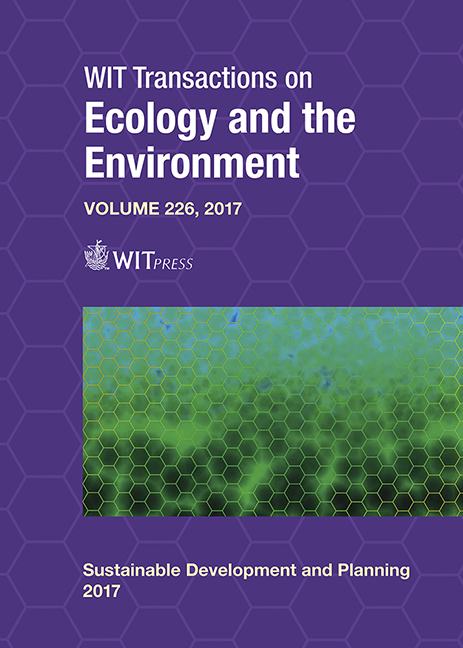AN INVESTIGATION OF SUSTAINABLE TOURISM USING HIGH SPEED RAILWAYS
Price
Free (open access)
Transaction
Volume
226
Pages
11
Page Range
481 - 491
Published
2017
Size
340 kb
Paper DOI
10.2495/SDP170421
Copyright
WIT Press
Author(s)
INARA WATSON, AMER ALI, ALI BAYYATI
Abstract
The economic growth and increases in the personal income and life expectancy, coupled with more leisure and free time activities have generated more need for transport. The preferences given to energy-intensive modes of transportation have increased dependency on non-renewable energy resources and as a result, the tourism sector contributes to around five percent of the total greenhouse gas emissions. In order to manage the growth of carbon dioxide emissions produced by the tourism industry, there is a need to switch to less polluting forms of transportation. The purpose of this research is to investigate the opportunities offered by High Speed Railway (HSR) for the tourism industry, new types of tourists travelling by train, and possible ways to promote a modal shift towards more sustainable modes of transportation. The secondary data methodology has been used in this research, supported by empirical evidences. It analyses the influence of HSR in terms of reducing the carbon dioxide emissions from the tourism industry, and the offer of new types of travel. Cases from countries with sufficient experiences of operating HSR were selected. Most of the data was gathered from the internet, including in depth research of the HSR in the selected countries, International Union of Railways, available railway statistics and European and Institutional publications. The expected outcome of this research is that it will contribute to better understanding of the possibilities offered by HSR in terms of reducing the carbon dioxide emissions from the tourism industry. HSR can also change the international and domestic tourist travel experience by reducing travel time and costs.
Keywords
high-speed railway, sustainability, tourism





